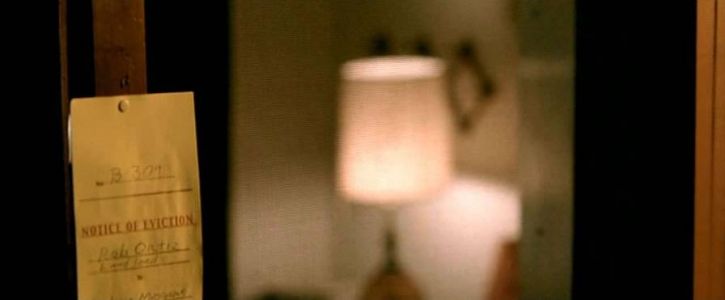JCM312/Cinematography
From Screenpedia
(Redirected from TCF340/Butler/Cinematography)
Jump to navigationJump to searchColor, enlarged versions of the textbook illustrations are available online.
- G3: Explain what focal length is -- using the textbook illustrations.
- How does a zoom in/out look different from a track in/out?
- G4: Explain what depth of field is -- using the textbook illustrations.
- What is the difference between deep focus and deep space (as in mise-en-scene)?
- G1 and G5: Explain what aspect ratio is -- using the textbook illustrations.
- Also explain letterbox and pillarbox (optional: pan-and-scan)
- Example video clips:
- What are the aspect ratios of Day for Night, Shakespeare in Love and Monster's Ball?
- Also explain letterbox and pillarbox (optional: pan-and-scan)
- G2: Explain the significance of camera framing, height, and movement -- using the textbook illustrations.
- Example video clips:
- When might movement be used that does not follow a character? How is a Steadicam shot different from a handheld shot?
Cinematography and narrative
In this Monster's Ball scene (password: tcf123abc! ), what narrative functions does the cinematography serve? Each group should account for the cinematographic aspects noted above, paying particular attention to the third shot.
External links
- Monster's Ball scene
- Television illustrations, Chapter 8.
- Cinematography illustrations
- Monster's Ball frame grabs
- Henri 2, Paw de Deux: black-and-white
- Pillarboxed cell-phone video
Bibliography
- Jeremy G. Butler, Television: Visual Storytelling and Screen Culture, 5th Edition (New York: Routledge, 2018).
- David Bordwell and Kristin Thompson, Film Art: An Introduction (New York: McGraw-Hill).


